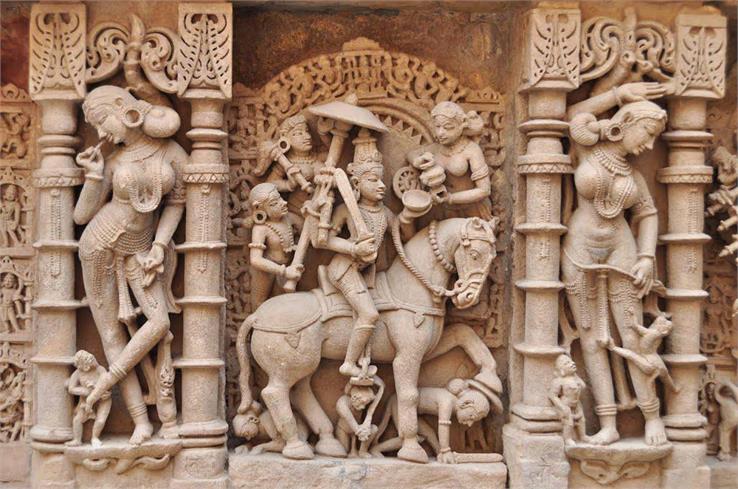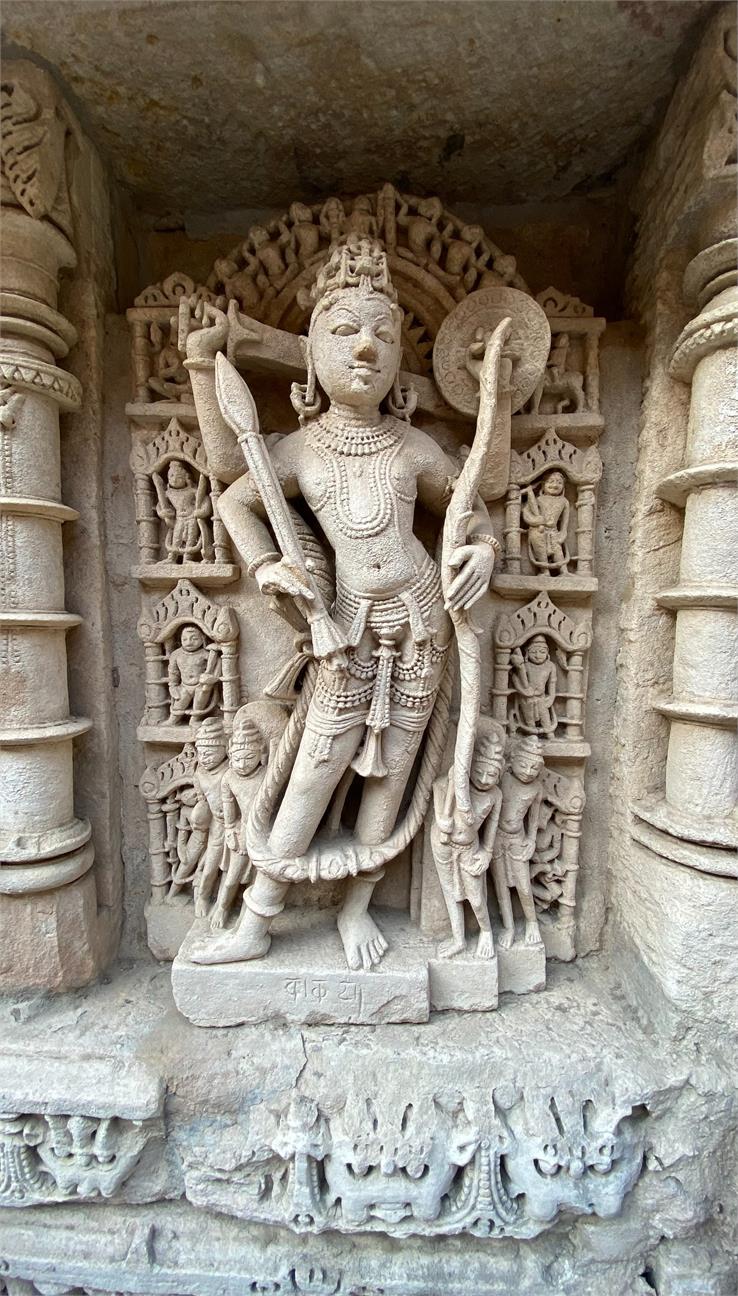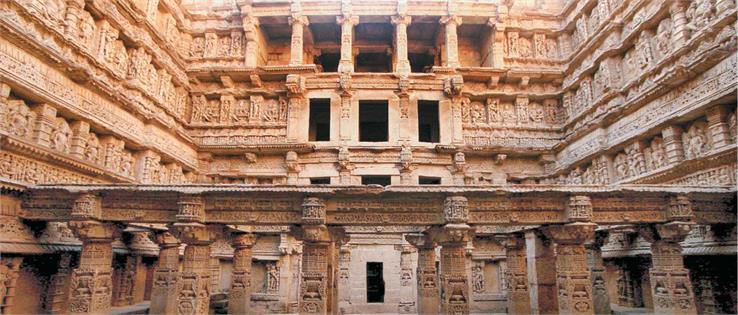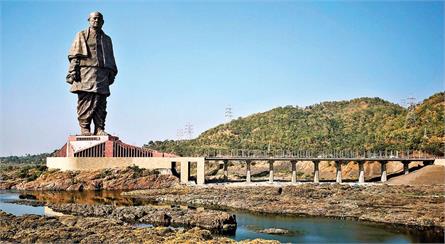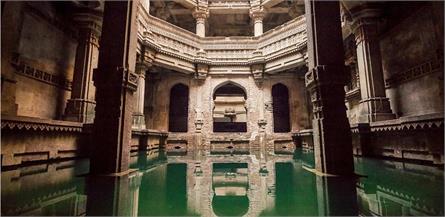Rani Ki Vav: A Stepwell of Cultural Heritage
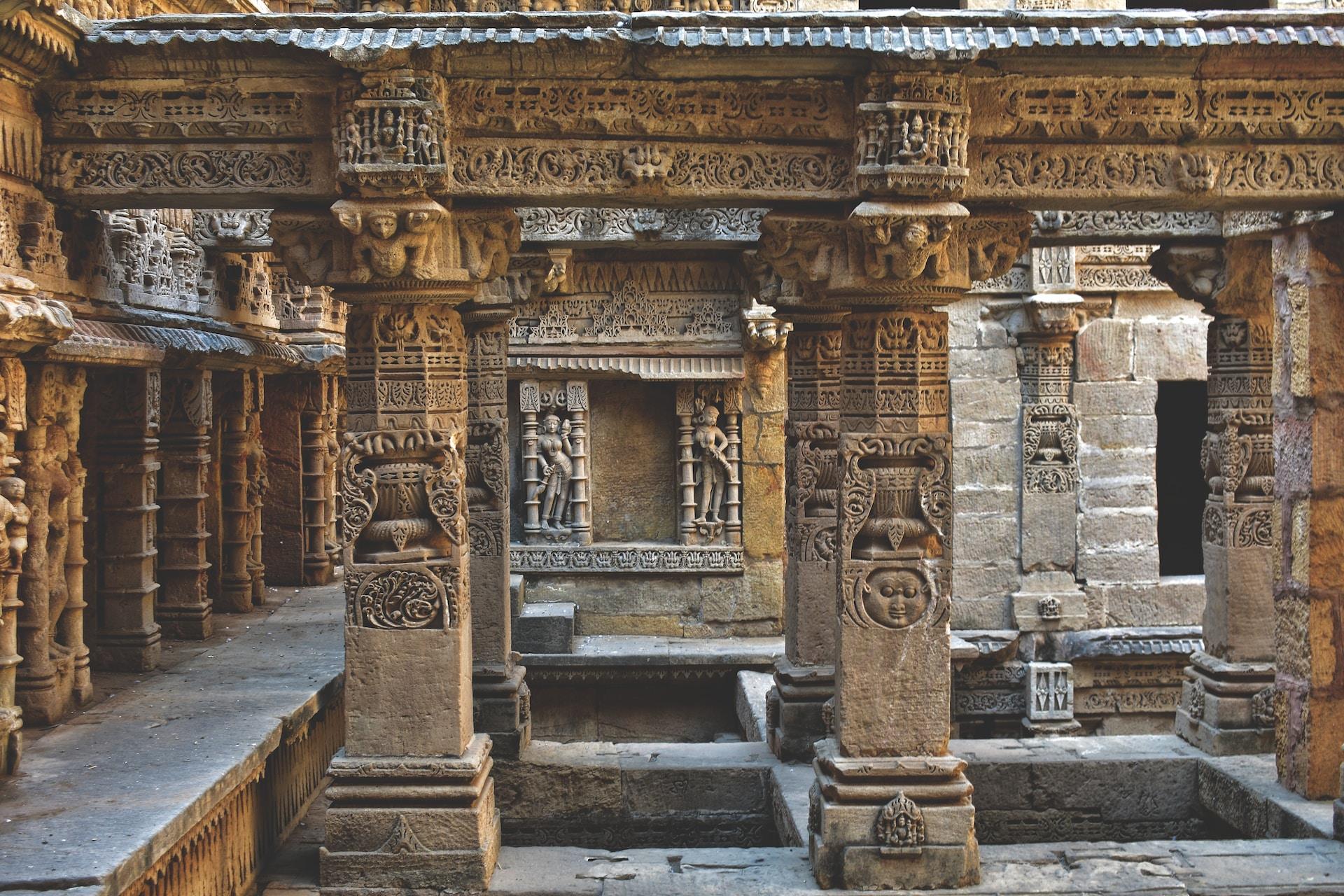
Rani Ki Vav is a famous stepwell (stepwell) located in Patan, Gujarat state, India. It is known for its water reservation and beautiful carvings of god. Patan was earlier known as 'Anhilpur,' the former capital of Gujarat. Rani Ki Vav is divided into seven levels of the stairs. According to the belief, Rani ki Vav was designed to represent the culture of Hindus in the form of Dashvatar( ten incarnations of Lord Vishnu).
The pillars of the Vav take one back to the times of the Solanki dynasty and their architectural marvels. Rani ki Vav is considered to be an excellent example of the technology of utilizing groundwater resources in the water management system. This is the most developed and comprehensive example of a unique type of Indian underground architectural structure of the 11th century, which shows the story of the development of Vav construction in India.
Also Read: UNESCO World Heritage Sites of India
History of Rani Ki Vav | A Step Back in Time | A Stepwell of Architectural Brilliance

Rani ki Vav was constructed and built in the 11th century during the rule of the Chalukya dynasty in India. This stepwell was not just a functional structure for water storage but a grand architectural and artistic masterpiece. It is said that Rani Ki Vav (Stepwell) was built in the year 1063 in the loving memory of King Bhim Deva of Solanki Dynasty, ruled by his wife, Queen Udayamati. Queen Udayamati was the daughter of Ra' Khengar (Khangar), the Chudasama ruler of Junagadh. The founder of the Solanki dynasty was Mularaja. Rani Ki Vav is a unique Vav of its kind in India.
Also Read: Stepwells of Ahmedabad
Architecture

The stepwell represents the Maru-Gurjara architectural style, a unique blend of art and engineering developed in western India during that period. What sets Rani Ki Vav apart is its underground nature. It extends several floors below ground level, revealing a labyrinth of intricately carved pillars, statues, and chambers. The stepwell was utilitarian and served as a place for meditation and spiritual contemplation.
Also Read: Best Places To Visit In Gujarat
Spiritual And Artistic Significance

The carvings inside Rani Ki Vav prove India's rich cultural and spiritual heritage. The walls of the stepwell are decorated with sculptures, mainly depicting the ten incarnations of Lord Vishnu, known as Dashavatara. Most of the designs on the walls and pillars of the Vav are dedicated to Lord Vishnu in various forms of incarnations like Rama, Vamana, Mahishasuramardini, Kalki, etc.
These sculptures, along with various other Hindu deities and divine beings, reflect the religious and mythological narratives of the time. The intricate and precise design of the stepwell represents the Hindu concept of cosmic order and harmony.
Buried And Forgotten
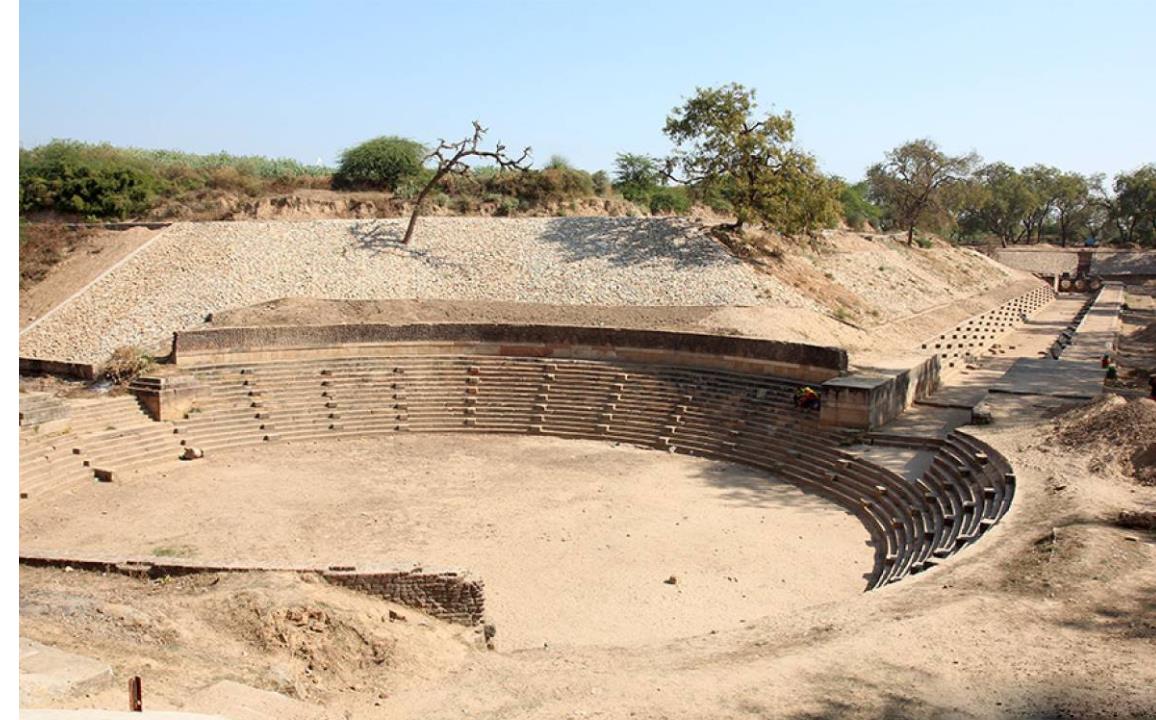
Despite its grandeur, Rani Ki Vav was eventually suppressed and forgotten for about seven centuries after the disappearance of the Saraswati River. Natural processes, including silt deposition and changes in the nearby Saraswati River, played a role in its gradual burial. This stepwell disappeared from people's knowledge and remained hidden under the earth's surface for many generations.
Rediscovery in the 20th century
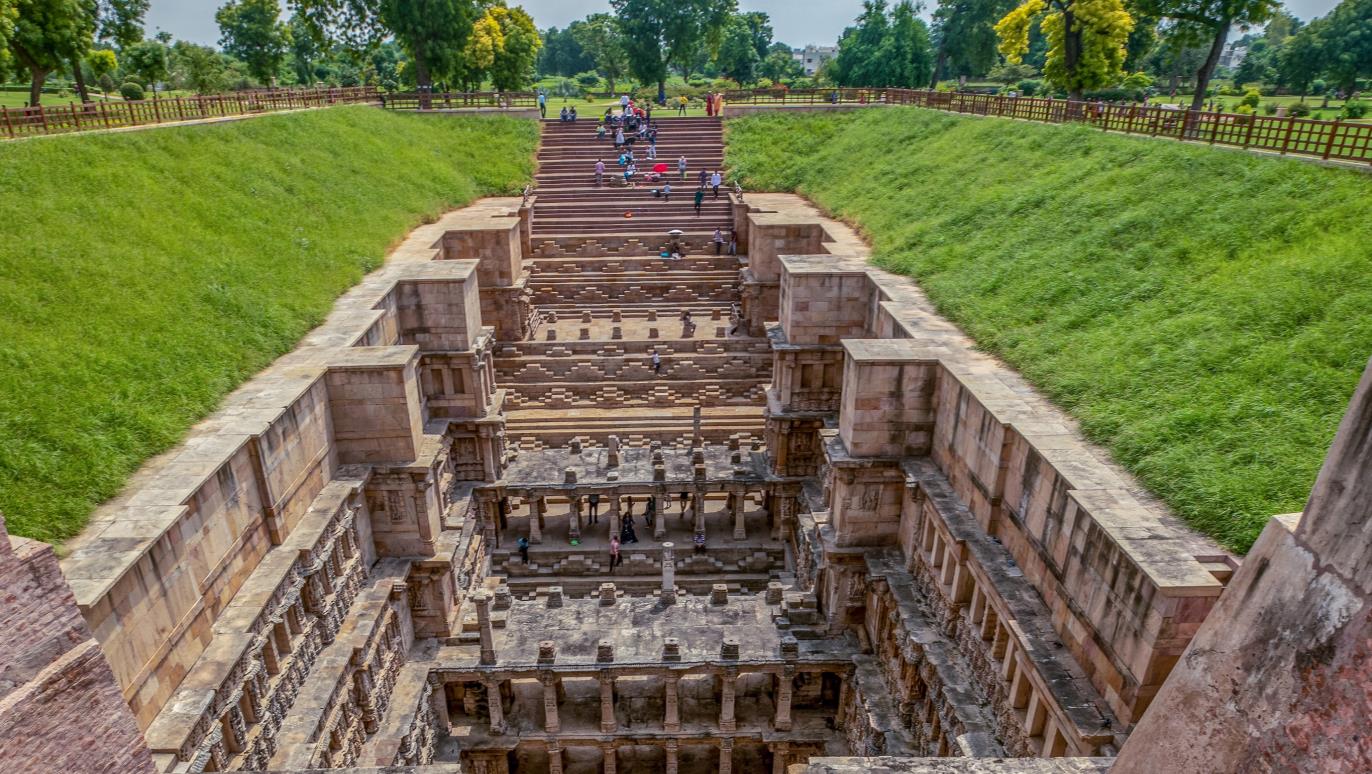
In the 20th century, the hidden stepwell started re-emerging from oblivion. Rani Ki Vav or Stepwell, was discovered by the Archaeological Survey of India. The Archaeological Survey of India (ASI) has also digitized the documents of Vav in collaboration with CyArk and Scottish Ten.
Archaeologists, historians, and researchers began piecing together historical references, ancient texts, and inscriptions that indicated the existence of Rani Ki Vav. Local knowledge and folklore also played an essential role in its rediscovery.
Conservation and UNESCO recognition
Efforts to excavate and conserve Rani ki Vav gained momentum, and the stepwell gradually emerged from its burial place. It was renovated and cleaned to highlight its stunning carvings and architecture. On 22 June 2014, Rani Ki Vav received international recognition when it was designated as a UNESCO World Heritage Site, highlighting its exceptional cultural and historical significance. The image of Rani ki Vav or Stepwell was featured on the ₹100 note by RBI (Reserve Bank of India) in July 2018. The Image can be seen below on the backside of the 100 rupee note.

Today, Rani Ki Vav stands as a symbol of India's rich cultural heritage, an architectural marvel that bears witness to the skill and creativity of its ancient builders. Its hidden history, rediscovery, and recognition have ensured that this underground wonder is celebrated and preserved for future generations to wonder and learn from.





